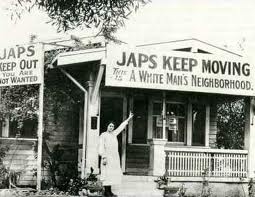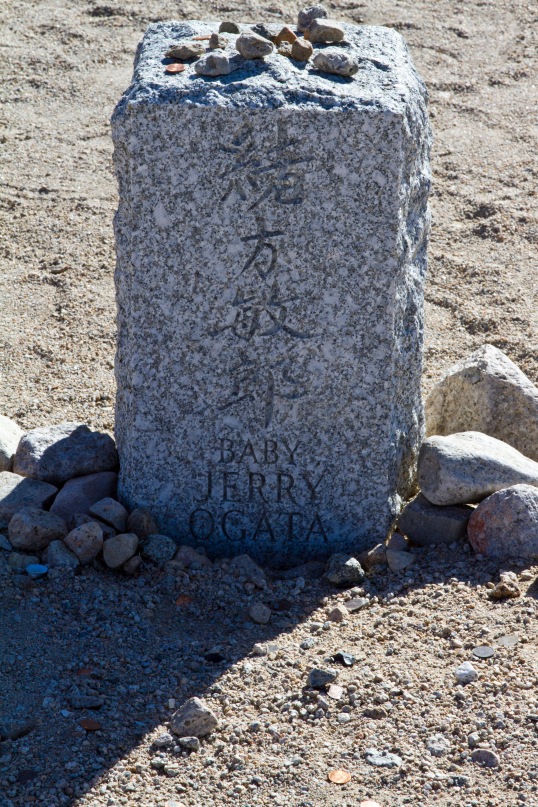“This travesty of justice could easily happen to any other group…Educating people about the incarceration of one group will help prevent its happening to other minorities in our American democracy.” “Personal Justice Denied: Report of the Commission on Wartime Relocation and Internment of Civilians”
My recent trip to Manzanar, one of a number of “relocation” camps for Japanese-Americans in World War II, brought to vivid reality one of the worst chapters of American history.
The Manzanar National Historic site is located on the west side of U.S. Highway 395, 9 miles north of Lone Pine, California and 6 miles south of Independence, CA. Having spent many years in Hawaii and counting many Japanese-Americans as my friends, I had heard of Manzanar, but had little knowledge of the detailed circumstances that gave birth to the “relocation” camps.
American citizens were uprooted from their communities, their homes, their friends and transported to camps for their “protection.”
James D. Phelan, mayor of San Francisco and later U. S. Senator, is representative of the majority of white America at the time. Mayor Phelan clearly establishes the racism and economic basis for Japanese-American citizens to be incarcerated, He called the influx of the Japanese (making no distinction as to whether they were citizens or not) “a silent invasion” that would convert the United States into “a Japanese colony.” “But California is a white man’s country, and the two races cannot live side by side in peace….”
My children and I walked the grounds of the encampment. Very little of the original camp is left, torn down after World War II. A sleeping area, dining hall, and watchtower have been recreated.
Waves of heat beat down on our heads. The landscape was barren and hauntingly lonely. The wind picked up the dust and spun the fine sand into tiny tornadoes.
Many of the people that came to this camp had left picturesque areas with their own homes. They arrived to a very hot area in the summer and a freezing cold area in the winter. Utilitarian barracks were shared with strangers. A picture of toilets described in stark language the embarrassment they felt at sharing intimate bodily functions with people they had never met.
An original, bright yellow fire hydrant splashed color against the arid land.
A stark monument surrounded with hundreds of origami cranes beckoned.
A short distance away, a few graves remained.
One grave brought tears to my eyes.
Baby Jerry Ogata died in Manzanar, an American prison camp on American soil. I don’t know if he was born in America. It doesn’t matter to me.
The fence surrounding the graveyard cast shadows on the ground imprisoning Baby Jerry for eternity. I wiped away my tears and turned away.
Besides prior noted links, more information about Manzanar can be found at the following links:
Internment of Japanese Americans-newspapers
HistoryLink.org- the Free Online Encyclopedia of Washington State History


















